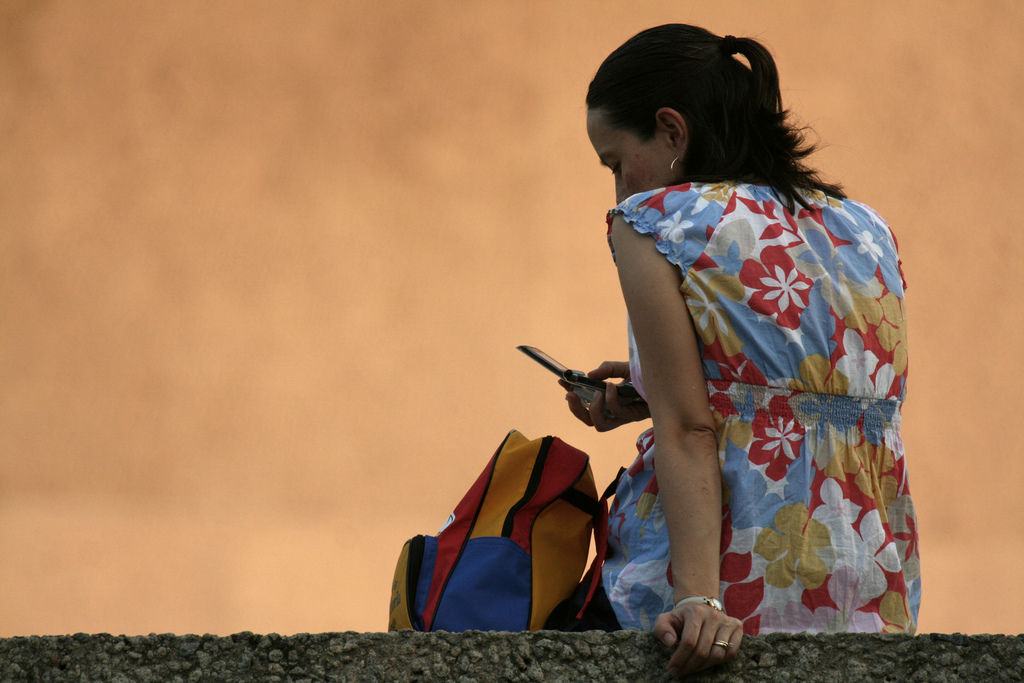Things
Sherry Turkle’s (2011) work pointed to smartphones as representative of an especially powerful force that can regulate how we interact and seduce us toward fewer human-human interactions. Yet, in order to understand the relationships between people and their cell phones with more nuance than Turkle provided in her most recent work, it can help to consider cell phones as more than objects that can coerce people. I am specifically interested here in seeing cell phones (and the associated infrastructures which make them possible) as rhetorical agents. Cell phones, and particularly smartphones that host a range of apps, and those with GPS location services, are able to augment the networks of forces that make up our everyday lives in some powerful ways.  Thus, in considering the cell phone as a representation of various forces, we need to confront the thing-ness of phones in general.
Thus, in considering the cell phone as a representation of various forces, we need to confront the thing-ness of phones in general.
In recognizing how objects can function as powerful agents, it helps to articulate them as more than objects bending to human will. Doing so helps break free from thinking of cell phones as just technologies that we make use of—where the technology is an object contained in supplicant and powerless position (i.e., as a passive object). Bill Brown (1998) argued against just such a position in his study of how objects contain and represent power in works of fiction. Finding that we are caught “between a poststructuralist epistemology that insists on dispensing with ‘things’ and a marxian phenomenology that insists that we have no things to dispense with,” Brown saw that the “thingness of things” is precisely what we have been ignoring (p. 936). In order to recuperate the “thingness” of things, we have a number of strategies at our disposal.
